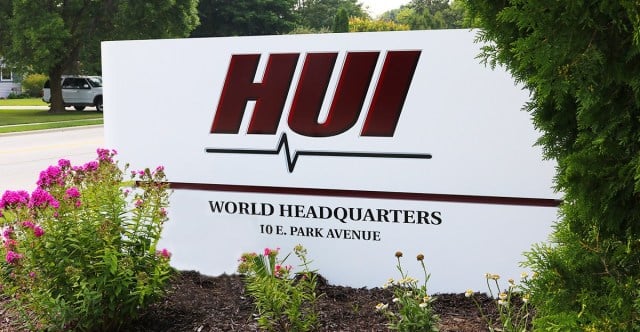Industrial prototypes provide a wide range of benefits that prove their necessity to both design engineers and customers. Prototypes allow the manufacturer to test functionality and scale the product correctly.
1. Functional
A functional prototype tests an ideal design and doesn’t necessarily have to be the whole product. In many instances, a functional prototype is only a skeleton or a portion of the industrial product. Engineers may also use functional prototypes to test manufacturability.
2. Production-Grade
A production-grade prototype is a functioning replica of the desired product constructed at production-grade. This particular prototype is used to test functionality, mobility, and in some cases, ISTA for secure packaging.
Preventing Over-Design, Ensuring Functionality
Prototypes inspire engineers and customers to question, test and adjust multiple characteristics of a prototype. There’s always something to learn from prototypes, and it always results in changes or improvements. This ultimately saves everyone money.
To avoid over-designing, we make a full-scale, two-dimensional print of the product. These prints lead to design alterations before making the prototype, which reduces the cost and provides quicker more accurate quotes.
Part of HUI’s Standard Process
Prototypes have been an essential step in HUI’s standard procedure for years. After engineers make alteration notes on the first prototypes, it takes one to two weeks to finish the second round of prototypes. This repetition familiarizes the production floor with the industrial product and allows them to fix issues related to production flow or assembly with the design engineers.
Due to our production methods, we specialize in small prototype runs. Whereas some companies make up to 300 first-runs of a prototype, we automatically manufacture one or two prototypes to help eliminate potential flaws. Products are shipped out faster, which makes it easier to implement required changes between runs. These prototypes result in cost-efficient, high-functioning products, delivered in a safe and timely manner.
Ready to start developing a concept for your next industrial project? Contact Ryan Arnold at rarnold@huimfg.com today.
 HUI dedicates itself to helping our customers design the solutions they need and launching quality products on time and within budget.
HUI dedicates itself to helping our customers design the solutions they need and launching quality products on time and within budget.